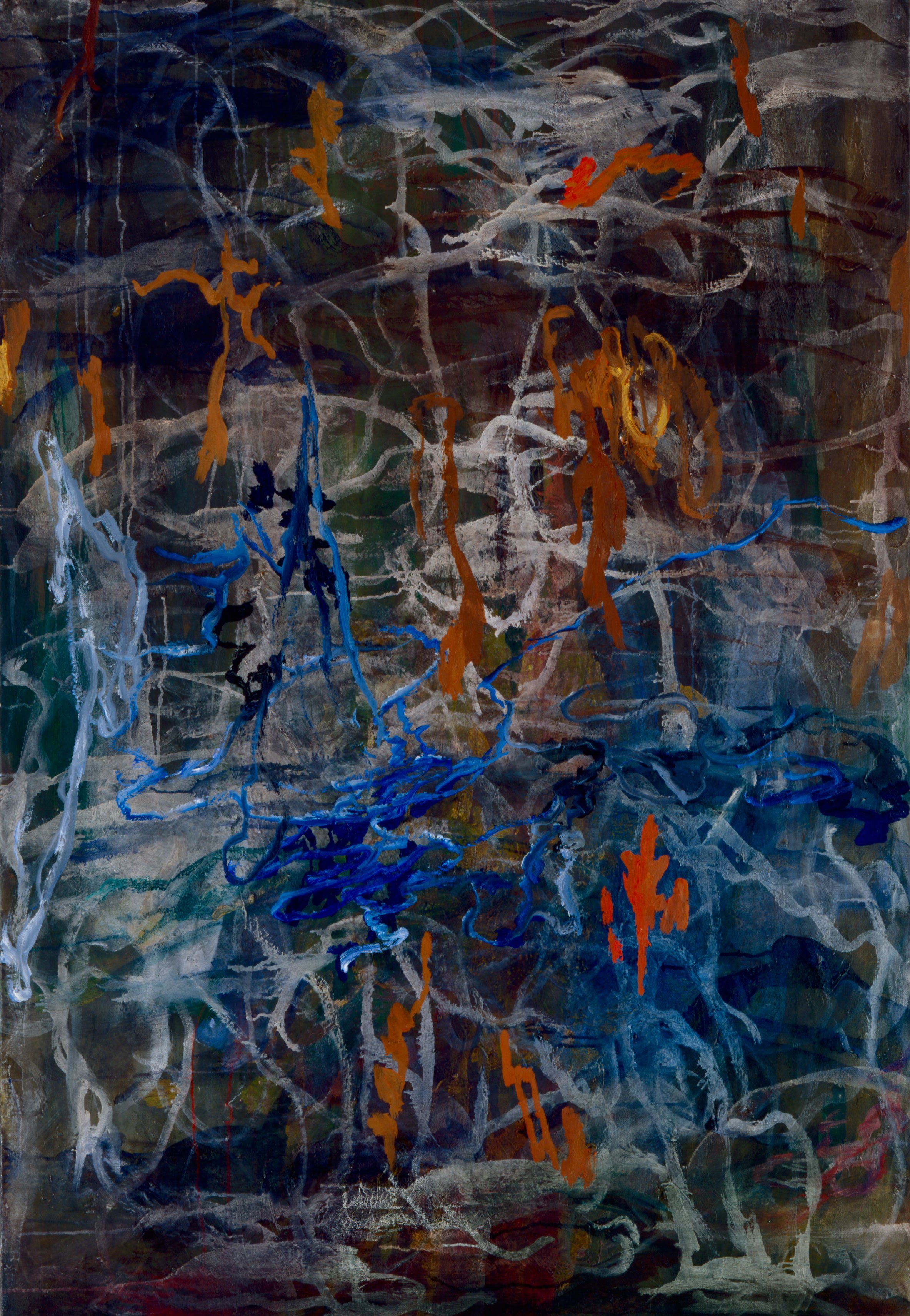Signs of the Faroes
By Raffael Rheinsberg
From Spring Till Fall. Part of photo installation. 1996
Human rationale demands an unnatural simplicity from Nature in order to make a comprehension of the natural phenomena possible. The natural phenomena are forced into a framework that is a purely rational construct. This relies upon a comprehensive agreement between the laws of Nature and our rationale. On the one side are the complex and multiform objects of reality and on the other the rationalized and schematic concepts. These nations can be used to apply to reality; however. the real world is far too colorful and fluid to be contained within the strict and schematic framework of our conceptions. Nevertheless, as we see in the results of physics, it is possible in spite of this large gulf to sensibly use the rationalized and contrived idealization in order to create a serviceable comprehension of reality . Thereby we are more and more likely to assume that the idealized approaches reflect Nature and we forget that they are altered by our perceptions. Goethe took a particularly emphatic seance against this type of investigation of Nature. He wanted Nature to be viewed and understood as a whole, a whole that must not be dismembered through idealized analysis, only to be subsequently reunited.
The world of the Faroe Islands is a world in harmony with Nature. In the largeness of the ocean, the people gather tightly together on the islands. Dark cliff walls loom steeply above the sea with innumerable birds nesting in their niches and rocky outcroppings.
Praxis. Unique intaglio print. Image size 33 x 47 cm. 1996
Clouds and fog veil the peaks of mountains and rain drenched meadows connect wooden houses, that after a sudden break in the skies unexpectedly develop their magnificent color in the radiant sunlight. The blue sky allows a glimpse into eternity, the steely silver of the sea blinds the view of the horizon; everything is in movement. The mountains dance. The fish bleat like sheep. The sirens of the ships roll over the blue. The song of the wind draws a line. The colors play their own songs from above and below, from left to right. The green always becomes more green. The basalt stone forms a composition. The octopus arms of the fjords claw into the bottom of the sea. The creek collides with the ocean. Lines, forms, sounds, colors, sun and moon confer with one another secretly, whisperingly. A force field of concentrated energies. Clouds push into waves.
Praxis. Unique intaglio print. Image size 33 x 47 cm. 1996
The Gesamtkunstwerk Nature is for Bjarne Werner Sørensen the musical score. He records it, interprets it, holds it close and returns it to the freedom in the future. His signs are simultaneously prose and poetry; they are evidence of the spiritual chaos and regulate the beauty of the unconscious. His signs are music that is determined by the feeling of perception, a perception that captures the magic of cooing, bleeping, shrieking, whizzing sounds in order to succeed in a visual transposition on paper or canvas. Bjarne Werner Sørensen is an artist who is filled by his island world and who expresses this with excessive delight through his signs.
"Seachange", oil on linen, 90 x 130 cm, 1997
This article was published in the exhibition catalogue for Bjarne Werner Sørensen, “Seachange”, solo exhibition may - june 1997 at DCA Gallery, 420 West Broadway, New York.
Raffael Rheinsberg (1943 - 2016) was a german artist who Bjarne Werner Sørensen first met at Suomenlinna Artist Residence, Helsinki, in 1989 and later collaborated with on the Faroe Islands in the project “Far Out” 1996, where he made the installation Another Generation.

